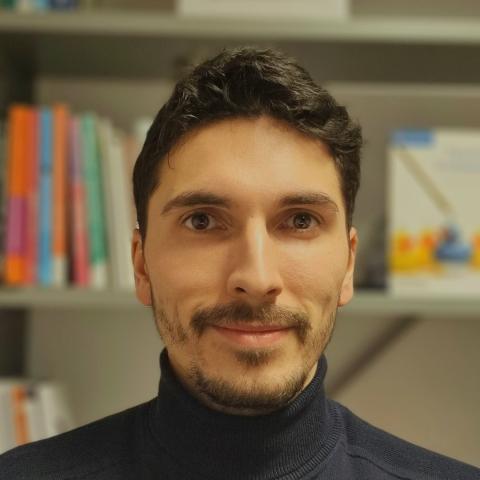Cancer patient wants personalized information
A cancer diagnosis, unfortunately, comes with numbers and statistics about survival, recurrence of the disease and risk of side effects of drugs. Thanks to recent developments in statistics, data science and artificial intelligence, it is even possible to calculate specific and personalized probabilities and risks for individual patients. But do people really want that? Assistant Professor Ruben Vromans found out that they do: "The vast majority of patients with cancer need personalized information about their chances of survival. The question is, though: how do you communicate this kind of complex and impactful information well?"
"For a long time, the consensus in the medical community was: patients can't rely on percentages. It's 50-50 for them: I'll survive, or I won't. I wondered if that was true. Especially since the corona crisis, people are confronted with numbers all day long. And websites like cancer.co.uk have long been unlocking data on survival rates for different types of tumors and stages. However, these statistics are often based on group data and are therefore difficult to translate to the individual patient. That's why I gauged patients' needs and preferences for statistical information that fits their situation."

The consensus in the medical community was that patients can't rely on percentages, but that turns out not to be true
Ruben Vromans
Information need
Ruben Vromans' research shows that the vast majority of patients do have a need for personalized information about survival rates. The same applies to information about the likelihood of tumor recurrence and treatment side effects. "Thanks to the Dutch Cancer Registry, we have data such as age, sex, year of diagnosis and type and stage of tumors. In collaboration with the Kanker.nl foundation, we are going to offer survival figures that are more tailored to the needs of both the doctor and the patient. This will start off cautiously. In April 2022, the 'Specific Figures' tool will become available to a select group of patients. We are going to try it out with them: does this work? Do they understand the information? And what do they want to do with it?"
In collaboration with the Kanker.nl foundation, we are going to offer survival figures tailored to doctors and patients
Unsure
"Some of those involved, feel a bit unsure about this step. It's new: until recently, doctors didn't have the data available to offer more patient-focused information. There are also doubts about how some of the patients will react to this information. Are they going to understand the numbers? How will they interpret them? People may start to worry if their percentage is bad, even though that doesn't necessarily mean anything. On the other hand, we see that if we offer general information, patients want to know more and sometimes assess their own chances too pessimistically compared to the average. And because information can be found on the Internet, patients don't have to look if they don't want to."
Conversation starter
"In communication, it is very important to make it clear that personalized statistics always involve uncertainty. After all, this is past information. Things can also turn out very differently. We also try to provide context to the information. For example, with a graph we make it very clear what people are looking at exactly; what is the main message and what does the outcome mean exactly? We will undoubtedly still learn a lot from this new tool. But it is a beautiful and important first step towards focusing on the patient's information needs. I really see this as a starting point: a conversation starter for physicians, patients and their loved ones. With this they can have a substantive discussion together about (treatment) choices that are of great importance to patients."
Personalized information can be the starting point for conversations about choices that are of great importance to patients
More information
Ruben Vromans is a health and risk communication researcher and associate professor in the Department of Communication and Cognition at the Tilburg School of Humanities and Digital Sciences (TSHD). He studies how people think about health risks and how these thoughts influence their health-related decisions and behavior. In addition, he investigates how healthcare professionals can best communicate such complex risk information to help people understand their personalized health risk data and act in ways that benefit their health.
More research
Within Tilburg University, a group of enthusiastic and committed researchers who investigate the psychosocial consequences of cancer. They work together to gain insight in the psychological and biological processes behind, for instance, fatigue, anxiety, and pain.
Date of publication: 3 February 2022
